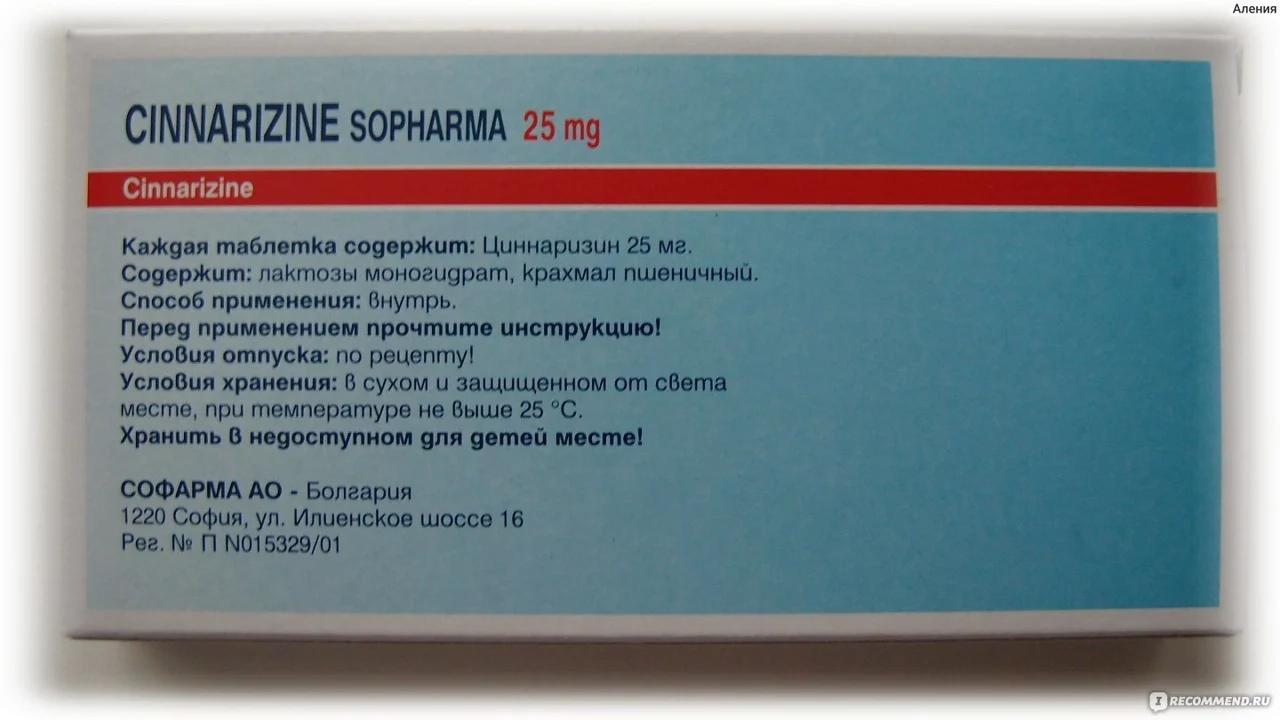Medication Precautions: Easy, Practical Steps to Stay Safe
Missing one small warning on a medicine label can change how a drug works — or cause real harm. This tag collects articles that focus on safety: side effects, pregnancy risks, drug interactions, buying meds online, and practical tips you can use the moment you open a bottle.
Think of precautions as a short user manual for your body. Every medicine has a section labeled "warnings" or "precautions." Read that first. Look for phrases like "avoid in pregnancy," "may cause drowsiness," or "can increase bleeding risk." Those are not just formalities — they’re the things that should change how you take the drug.
Quick medication safety checklist
Use this short checklist whenever you get a new prescription or over-the-counter drug:
- Confirm the active ingredient — generics look different but work the same.
- Read the "Warnings/Precautions" and "Interactions" sections on the leaflet.
- Check common interactions: blood thinners, antidepressants, antacids, and certain supplements (like St. John’s wort) often interact with other meds.
- Ask your pharmacist about pregnancy or breastfeeding risks — drugs like albendazole or certain antivirals have special rules.
- Avoid alcohol if the label warns about drowsiness or liver risk (for example, many pain meds and some antivirals).
- Store meds as directed — some need refrigeration, others must stay dry and away from light.
- Watch for side effects in the first days. Keep a simple log: time taken, dose, new symptoms.
- If buying online, use a licensed pharmacy and verify its credentials before entering payment or personal details.
When to call your doctor or emergency services
Some reactions need immediate attention. Call emergency services (like 911) or go to the ER if you see: trouble breathing, swelling of the face or throat, fast heartbeat, fainting, severe bleeding, chest pain, or sudden confusion. For severe allergic reactions with hives or swelling, act fast.
Call your doctor or pharmacist promptly for: a rash that spreads, persistent vomiting or diarrhea, high fever after starting a drug, yellowing of skin or dark urine (possible liver trouble), or new mood changes and suicidal thoughts on psychiatric meds.
For accidental swallowing of large amounts or mixing meds by mistake, contact your local poison control center (in the U.S. call 1-800-222-1222) or your country’s equivalent.
Precautions are simple tools that reduce risk. If anything sounds unclear, ask your pharmacist or doctor — they deal with these questions every day. Browse the articles tagged "precautions" here for condition-specific tips like safe use in pregnancy, interactions to watch for with blood thinners, and how to buy medicines online without risking your safety.

Cinnarizine for Children: Dosage, Safety, and Precautions
Cinnarizine is a medication often used to treat dizziness, motion sickness, and vertigo in children. When it comes to dosage, it's essential to consult with a pediatrician, as the amount may vary depending on the child's age, weight, and the severity of symptoms. As for safety, cinnarizine is generally considered safe for children when prescribed and taken as directed. However, it's crucial to be aware of potential side effects, such as drowsiness, dry mouth, or gastrointestinal issues. Always follow your doctor's advice and take necessary precautions to ensure your child's well-being while using cinnarizine.
More Detail